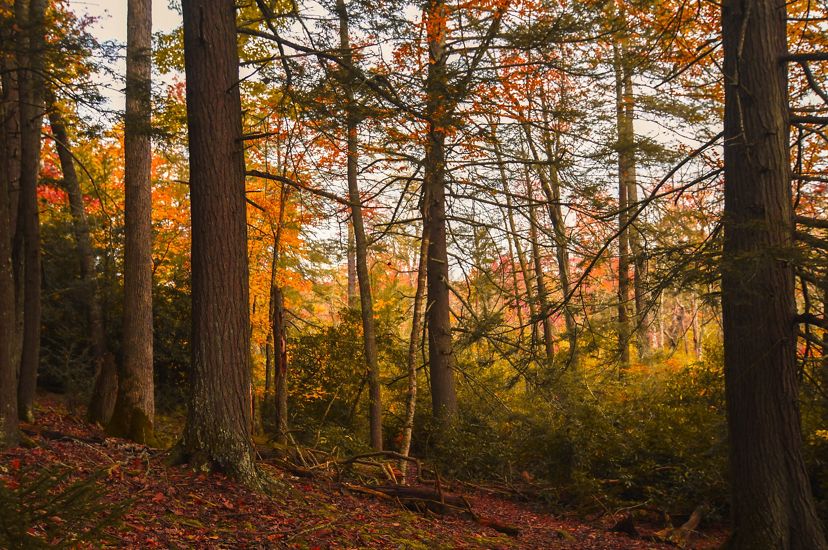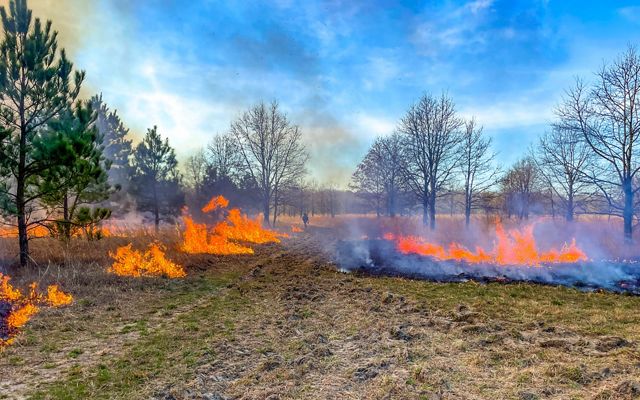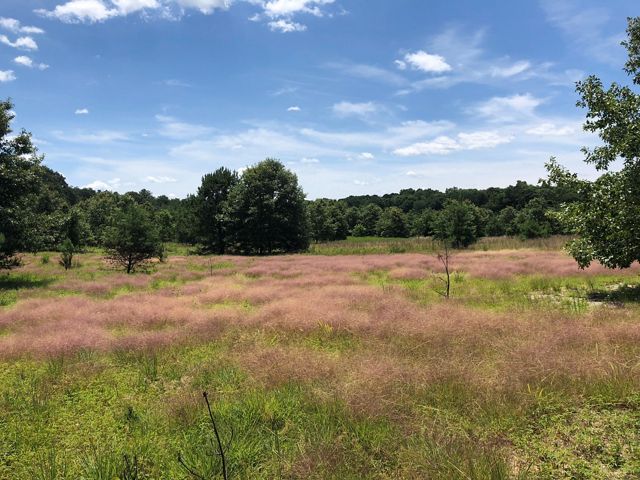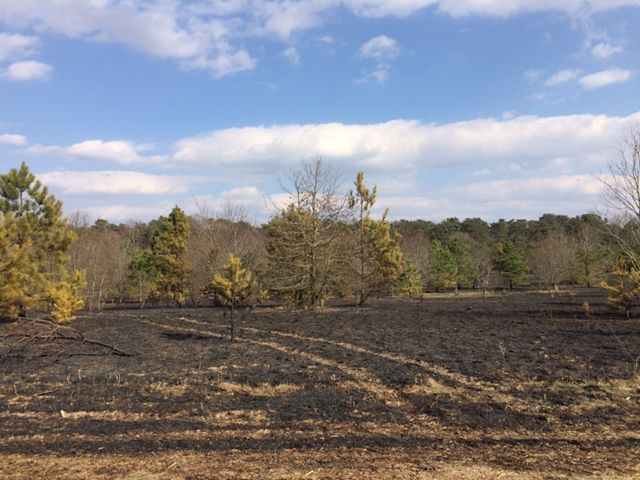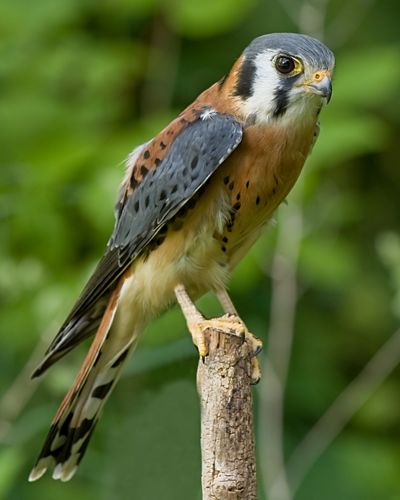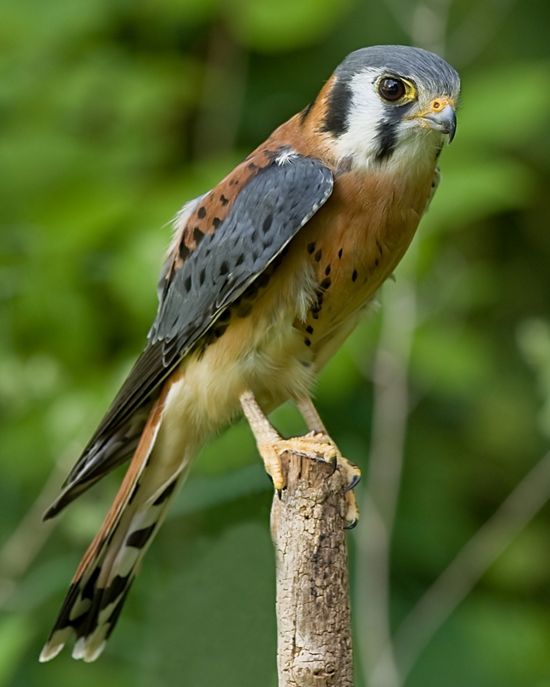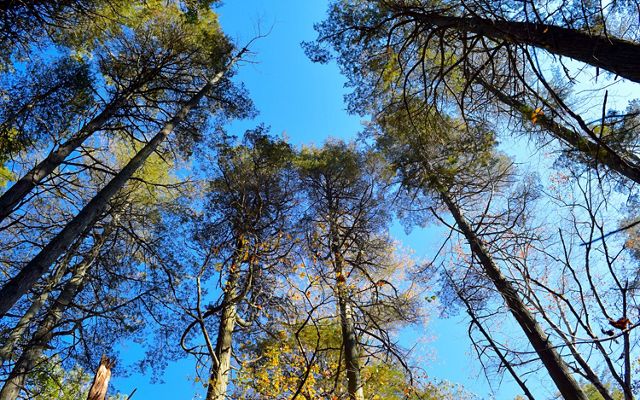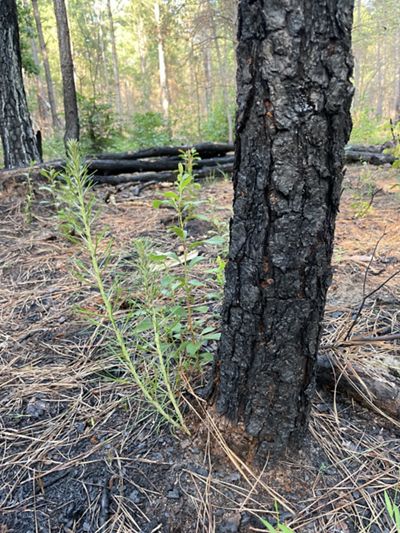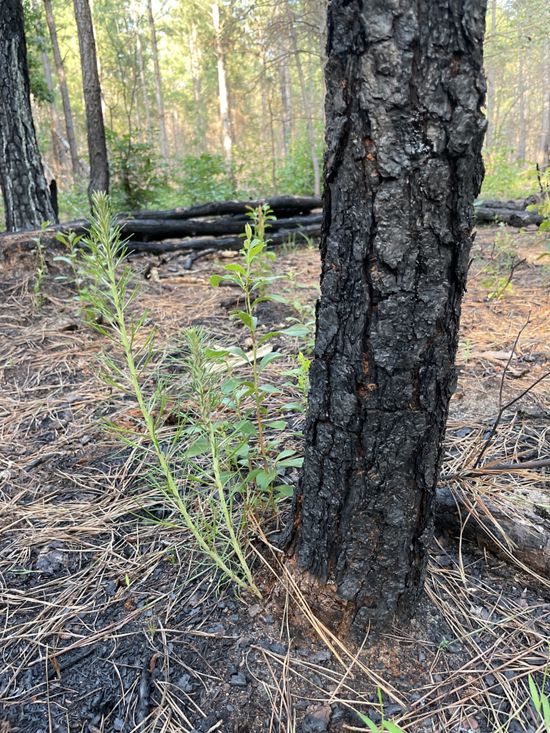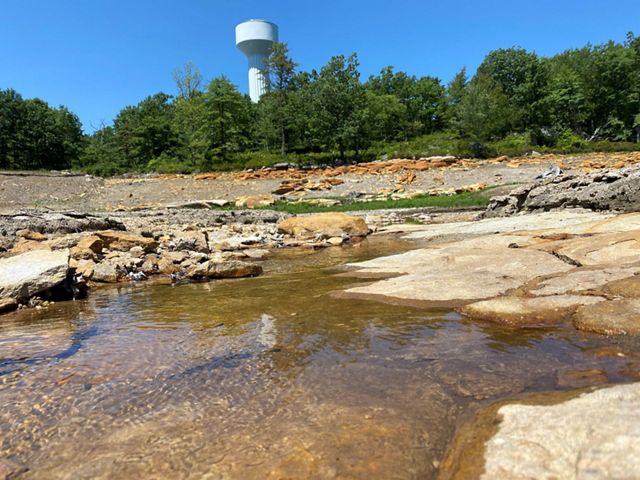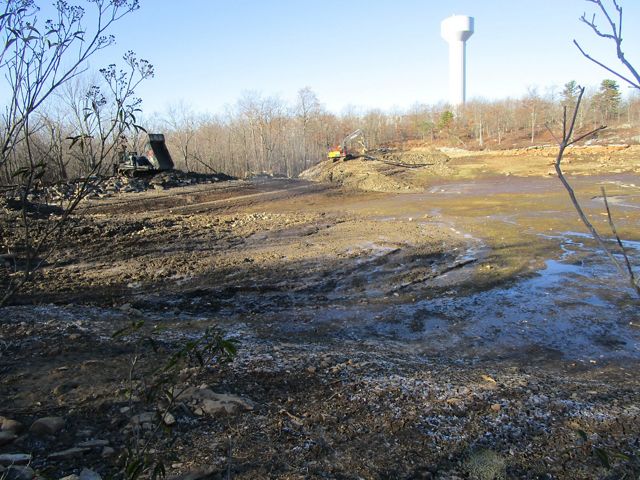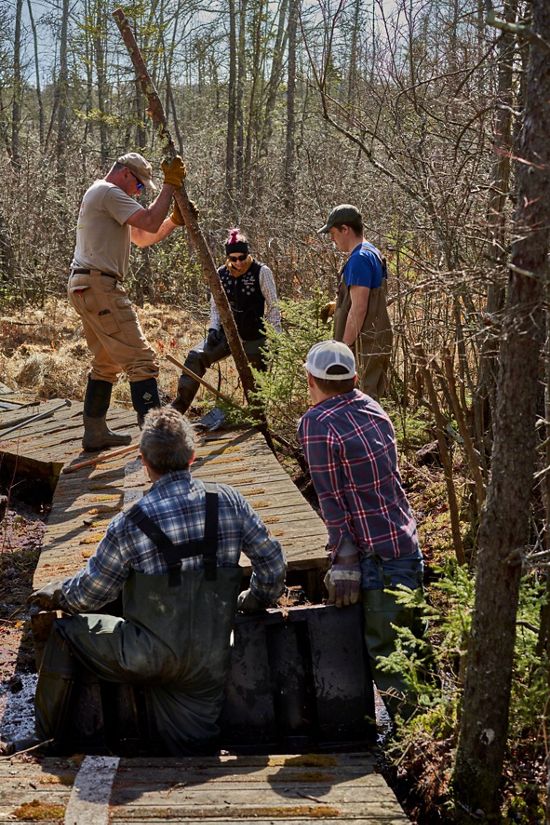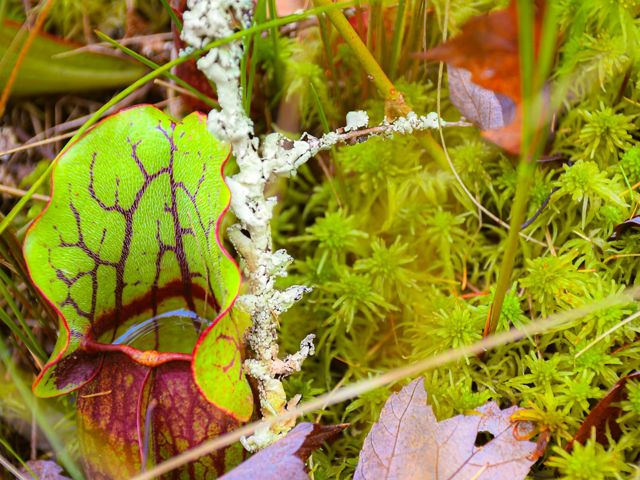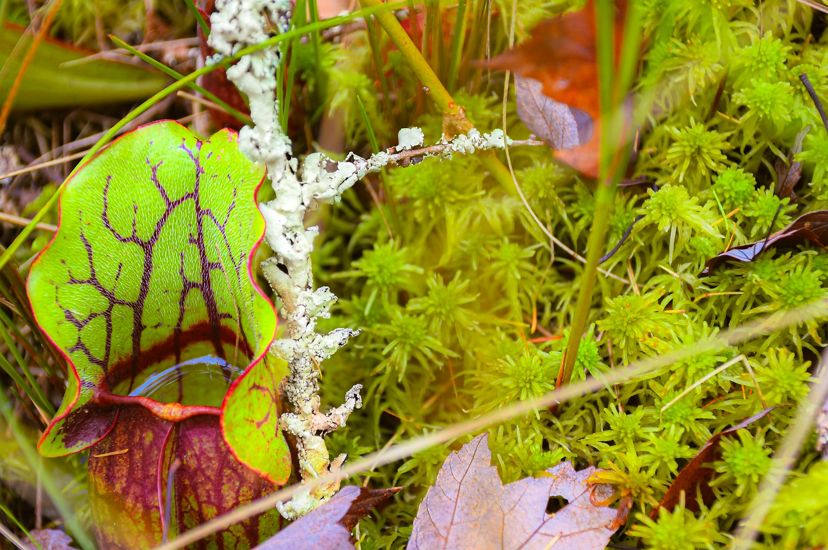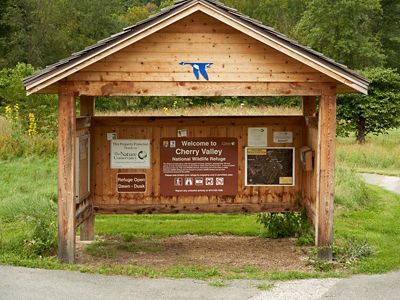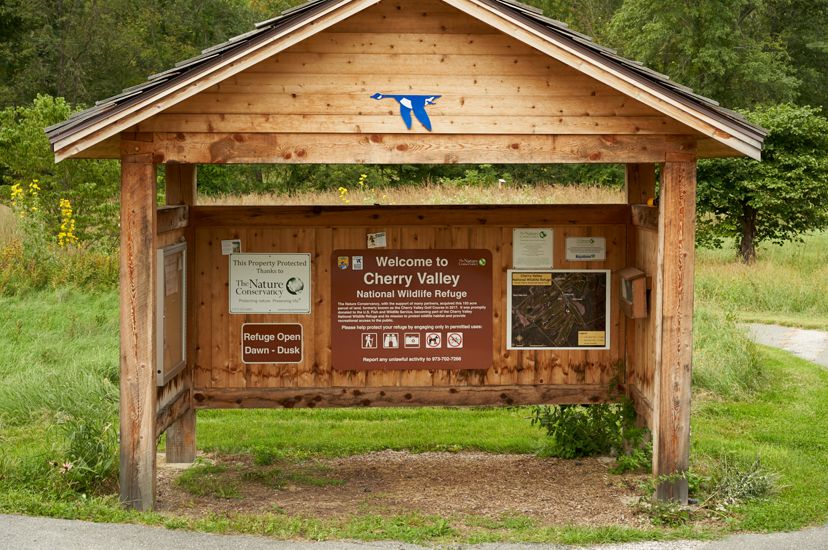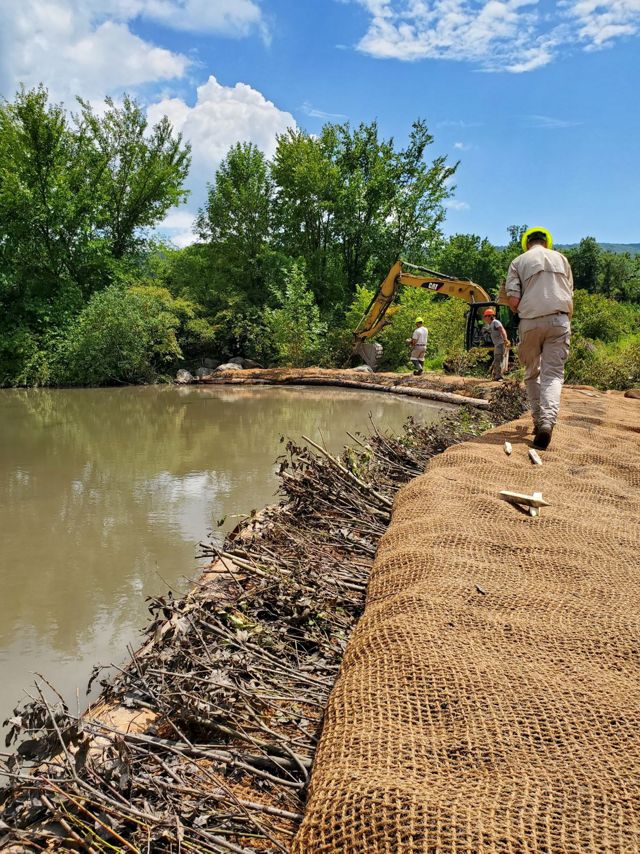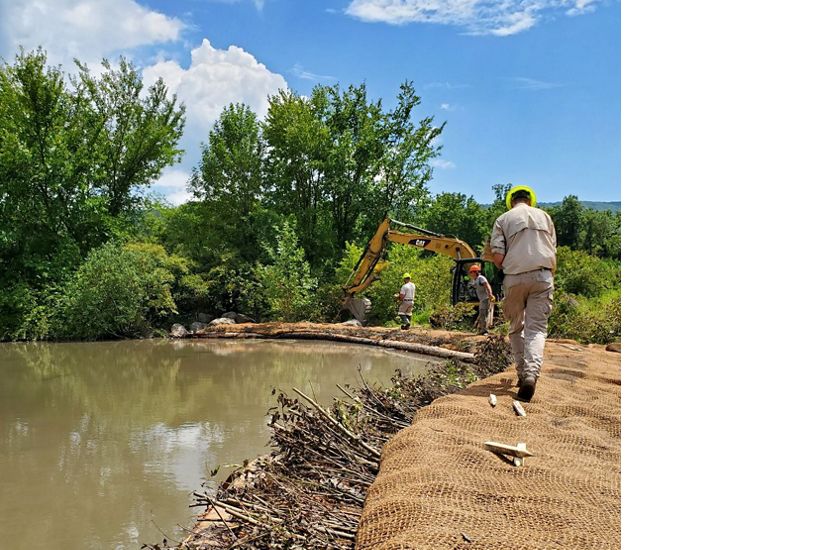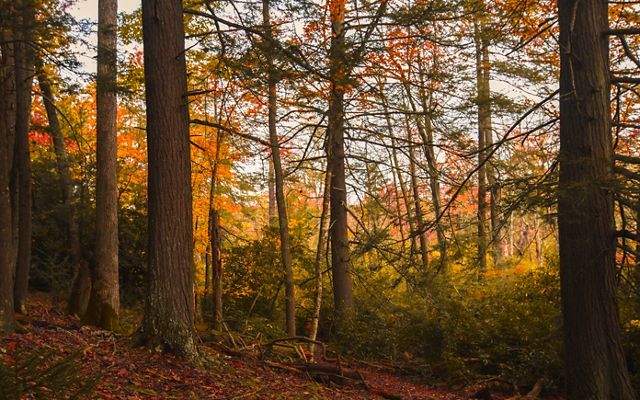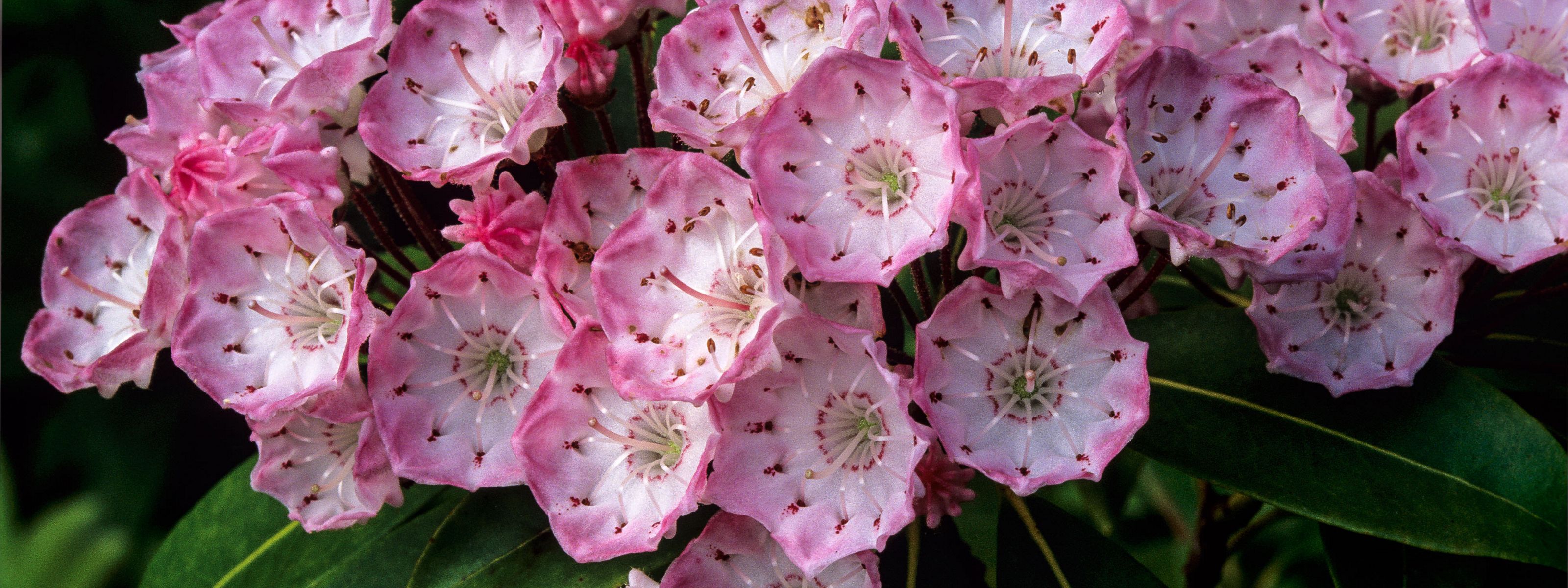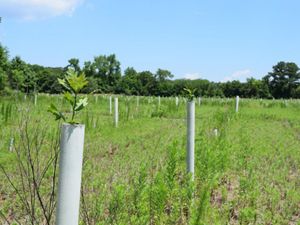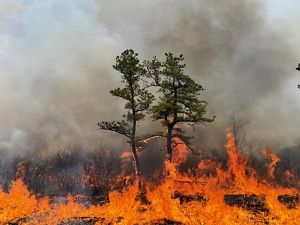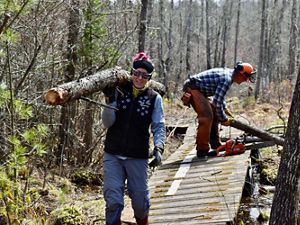Taking a Restoration Road Trip
Hopeful stories of ecological restoration in Pennsylvania & Delaware.
Sometimes, when it comes to conservation, the scope of the challenges we face can seem overwhelming. Ecological restoration gives us reason for hope. The more we hear about successful restoration projects, the more we realize we can implement scalable solutions to some of the greatest environmental issues facing our planet. Nature is resilient, and with some care and attention, it can rebound in incredible ways.
Over the past few years, The Nature Conservancy in Pennsylvania and Delaware has led several restoration projects to improve the lands and waters of our two great states. From ridgetop reforestation to stream revivals to the removal of invasive species, this work is helping educate and inspire our partners, supporters, visitors and local communities.
To celebrate these completed and ongoing projects, we’re taking a restoration “road trip” across each state to see how restoration improves the lives and well-being of both people and nature. Because all the sites featured on this itinerary are located on TNC nature preserves, our staff, partners and volunteers working on the ground are deeply invested in successful outcomes. We want these projects to enhance the visitor experience while simultaneously improving the habitat for all the other species that call these places home.
Rejuvenating Former Agricultural Lands with Fire
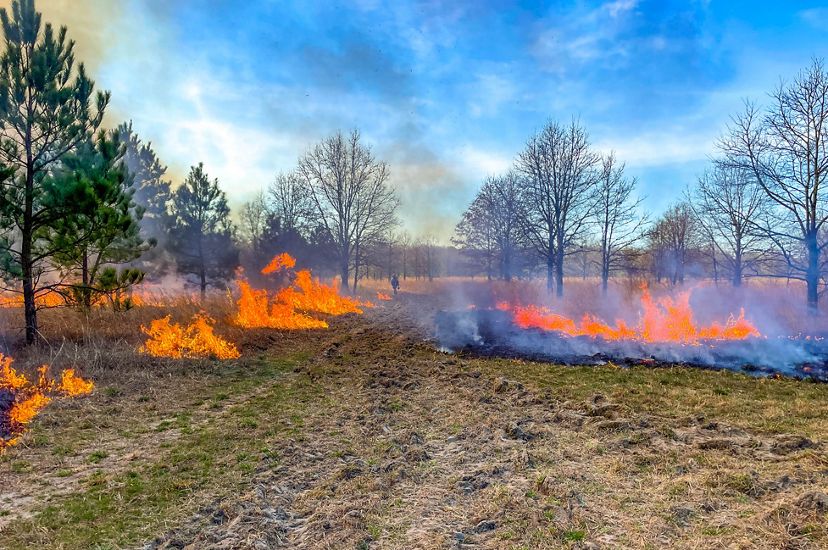
Natasha Whetzel, TNC’s Delaware Stewardship Manager, stands in a vehicle path near the edge of the Hurley Tract at the Middleford North Preserve in Sussex County to show a striking before-and-after contrast. On one side of the track, she points to a swath of land that has benefited from a controlled burn regime; it’s now a vibrant field of tall grasses with wildflowers growing in between.
On the other side, where fire hasn’t been reintroduced yet, it’s a very different story. “The vegetation is really dense with lots of dead foliage that’s choking out new growth,” she says. “It’s always satisfying to see that all of the time we spent carefully planning and conducting the burns has resulted in an improved habitat.”
Whetzel has served as the main caretaker of TNC’s preserves in the First State since 2017, overseeing numerous restoration and improvement projects during that time. She isn’t really supposed to pick a favorite, but if she had to, she gravitates to Middleford North because the landscape of sandy soils and abundant pine trees reminds her of where she grew up in North Carolina. Her deep connection to the area is driven by her tireless work restoring native wildlife and vegetation to these ecosystems.
Here at the Hurley Tract, Natasha has been managing 57 acres of the 171-acre tract as an early successional scrub-shrub habitat—open grass and shrub fields dotted with trees. This habitat type is important for numerous species, especially our declining grassland and shrubland-dependent birds including American woodcock and the state-endangered American kestrel. Prescribed burning at this site has been essential to maintain the open space. Returning fire to the landscape helps thin dense brush, restore soils by recycling nutrients and increases biodiversity.
Reviving a Former Pine Plantation
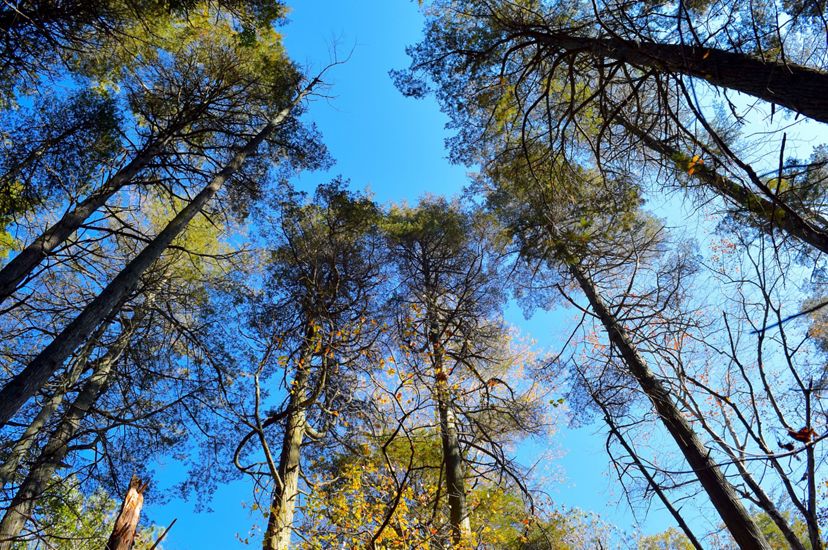
Driving back east past fields of corn, soybeans and watermelons, Natasha pulls up at the Ponders Tract of the Pemberton Forest Preserve. TNC purchased the 908-acre property in 2004 from a lumber company that had used the land for a loblolly pine tree plantation. Despite the abundance of trees, the forest didn’t provide much habitat of value for wildlife, and little in the way of food. But now, thanks to carefully planned harvesting, prescribed burns and tree planting efforts, a more natural mixed-pine and hardwood forest is returning and starting to thrive.
Natasha helped conduct the first-ever prescribed burn at Ponders Tract in April 2017. Several more have been conducted since then for a total of 422 acres burned. The low-intensity fire knocks back fire-sensitive species such as red maple and sweetgum and reduces the number of pine saplings growing in the understory, allowing more sunlight to reach the forest floor. The increased sunlight paired with the burning of the underbrush also helps set the stage for the return of grasses, forbs and wildflowers—many of which haven’t been seen in abundance in the years prior to the burns.
After a prescribed burn, Natasha usually allows nature to run its course while she monitors what grows back. Blueberry and huckleberry bushes quickly regrow from the blackened forest floor and will provide fruits for birds like turkeys and thrushes. Some tree species need a little more help with regeneration than others, so she has enlisted volunteers to help plant Atlantic white cedars.
Biodiversity Returns to Ponders Tract
Many native plants and species uncommon in Ponders have returned to the area and flourished after prescribed burns and thinning of overgrowth and invasives.
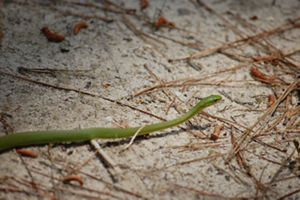
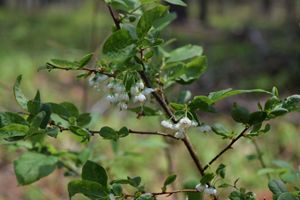
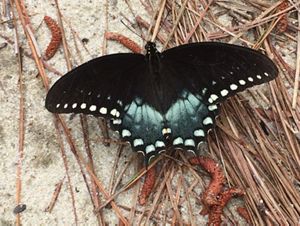
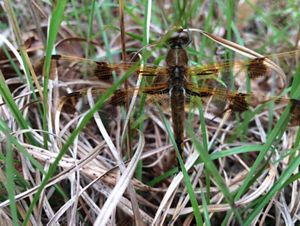

Rough Green Snake: A native rough green snake (Opheodrys aestivus) at Ponders Tract © John Hinkson/TNC


Spicebush Swallowtail : A native spicebush swallowtail (Papilio troilus) found at Ponders Tract © Natasha Whetzel/TNC

Painted Skimmer: A native female painted skimmer (Libellula semifasciata) found at Ponders Tract. © Natasha Whetzel/TNC
“Prior to thinning and burning, small yellow wild indigo (Baptisia tinctoria)—a host plant for many native lepidoptera species, including wild indigo duskywing (Erynnis baptisiae), orange sulfur (Colias eurytheme) and io moth (Automeris io)—was only found in a couple of small areas of Ponders Tract,” Whetzel explains. “Today, the species is a common occurrence in the areas managed with thinning and fire.”
Jason Davis, a biologist with the Delaware Division of Fish & Wildlife, recently surveyed the return of native staggerbush (Lyonia mariana) at the site, a small shrub with white flowers that look like those on blueberry bushes. Staggerbush is a host species for several rare insects and seeing the amount growing after the burns gives Whetzel a hopeful outlook for the species that rely on these plants to complete their life cycle.
“It’s a good sign when a state wildlife biologist wants to visit the property to look for rare and endangered species,” she adds.
Quote: Natasha Whetzel
“This land has come a long way since TNC acquired it nearly 20 years ago—and it has been especially rewarding to see the beneficial impacts of fire after it had been absent on this land for so long.”
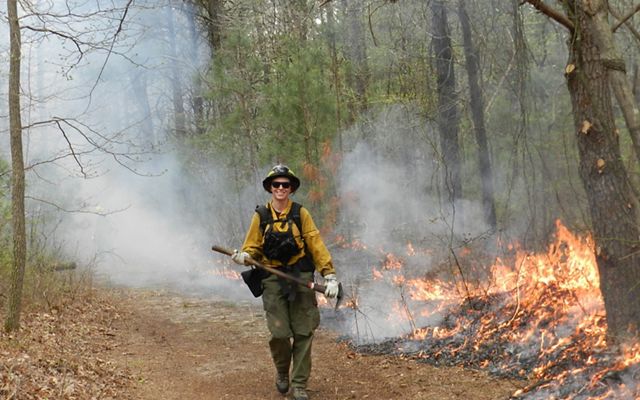
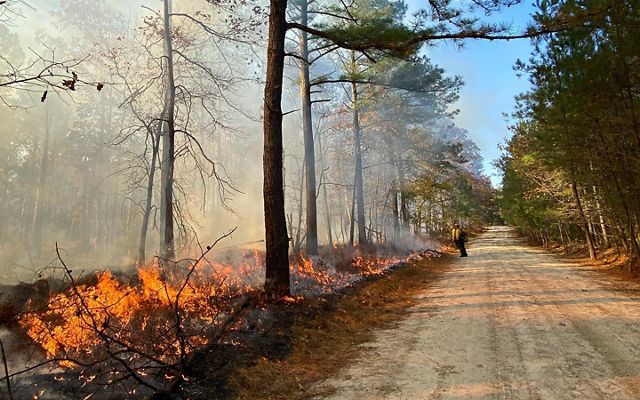
Learn More
To learn more about how and why we work with fire to restore native habitats, check out our Prescribed Fire Program Overview.

Invasive Species Removal & Ridge Reforestation
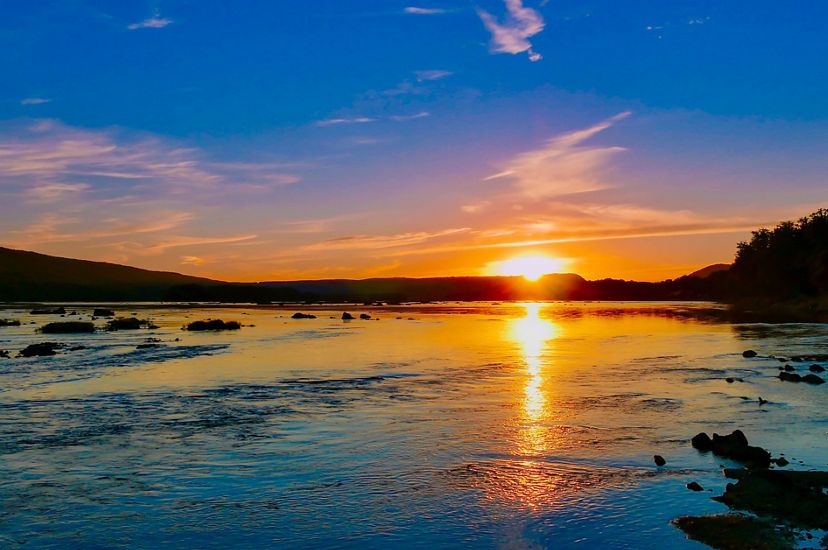
In 2017, The Nature Conservancy in Pennsylvania and Delaware purchased roughly 350 acres of former timber lands at Cove Mountain, becoming TNC’s first nature preserve in central Pennsylvania along the Kittatinny Ridge. Then, in February 2021, the PA/DE chapter closed on a land deal to significantly expand the Hamer Woodlands at Cove Mountain Preserve. The purchase of 1,200 acres adjacent to the existing preserve quadrupled its size and—most importantly—filled a gap between existing conservation lands, creating a 14-mile protected stretch along the ridge.
Due to its north/south orientation, this 185-mile landscape serves as a critical climate refuge for species that are shifting their ranges north and upslope to find more hospitable conditions.
“I describe the Kittatinny Ridge as a migratory superhighway,” said Scott Parkhill, Audubon Mid-Atlantic Forest Program Manager. “This is a ridge that connects a lot of the breeding grounds of eastern North America to the migratory paths that these birds are taking in the spring and fall.”
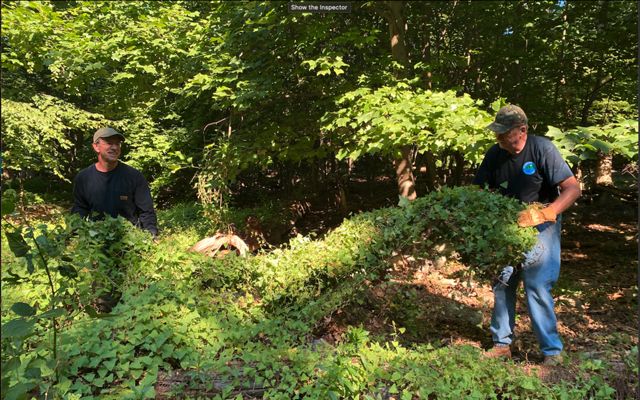
The Hamer Woodlands sits along one of the premier raptor migration corridors in the northeastern U.S., and even the world. Tens of thousands of hawks, eagles and falcons pass through each year alongside other notable species such as ruby-throated hummingbirds and monarch butterflies.
One major threat: Invasive species, which had been degrading the forest cover and threatening to create a weak link in the chain of migratory habitat. Recently, TNC partnered with Audubon Mid-Atlantic on a proactive restoration project due to the high value of improved ridgetop landscapes.
Quote: Scott Parkhill
Active forest management is important, especially in a state like Pennsylvania.
When we take a hands-off approach, you can have issues like invasive species or other forest pests or diseases come in and dramatically change the forest structure,” said Parkhill.
The restoration project began by tackling invaders such as tree of heaven, a rapidly growing species native to China. The felled trees were left onsite to naturally decompose and add organic material to the forest floor over time. Next, the team focused on two other highly disruptive plants that had moved into the area: Japanese stilt grass and mile-a-minute. A selective herbicide targeted the invaders and will prevent their seeds from germinating in the next growing season.
Finally, staff and volunteers completed an understory planting of native trees and shrubs such as eastern red cedar, and flowering dogwood. Over time, these plants will mimic the natural developmental process of an early successional forest that would become established after a disturbance such as a fire or a windstorm.
Forests are dynamic, ever-changing places. Surrounded by much more mature stands of hardwood forest, this restored section of ridgetop in the Hamer Woodlands at Cove Mountain Preserve—and the entire Kittatinny Ridge of which it is a part—will continue to provide life-sustaining benefits to both people and nature in the decades and centuries ahead.
Dam Removal to Restore an Original Stream
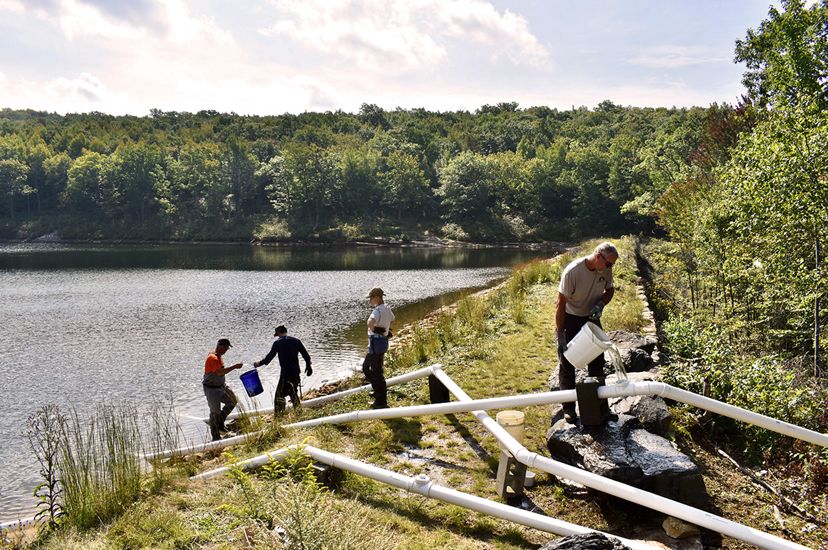
For more than 100 years, the O’Conner Dam was a notable feature of Moosic Mountain, creating a small reservoir along the mountain’s upper ridge fed by Sterry Creek. It was surrounded by a mountaintop habitat of pine and oak forest that supported an array of birds, butterflies and other wildlife and kept clean water flowing downstream. When the area was slated for development in 2001, TNC stepped in and began purchasing land to protect this unique ecosystem and local water source. Today, it is part of the 2,250-acre Dick and Nancy Eales Preserve at Moosic Mountain, which attracts visitors from all over the region.
Like all aging infrastructure, however, the O’Conner Dam had an eventual expiration date. Constructed from logs and stones, it was inevitable that the dam would degrade over time, particularly as increasing rainfall in the region put it under heavy stress. When TNC acquires a parcel of land, we commit—both legally and ethically—to steward that land in perpetuity. In preserves that are open for recreation, public safety is a top priority.
When a 2021 inspection revealed that the dam was in danger of breaching, TNC approved a controlled demolition. The delicate task would require lowering the water level and removing the dam’s center, thereby allowing the stream to return to its original flow pattern. Under the leadership of Pat McElhenny, TNC’s Director of Stewardship, the chapter’s team quickly mobilized to draw down water levels in the reservoir by hand, using a system of pipes and pumps. The effort required long hours in difficult conditions but ultimately succeeded.
In December of 2021, TNC contracted stream restoration specialist Bill Weihbrecht, of Thompson Environmental Survey & Permitting, to bring an excavator onto the preserve to carefully finish the removal. After the dam was breached and the reservoir drained, the chapter’s freshwater team was delighted to see that the original stream channel, which spent more than 100 years at the bottom of a reservoir, was still intact.
Quote: Bill Weihbrecht
There are thousands of dams—some permanent, some not—that have exceeded their design life and don’t serve a purpose anymore. This is probably the fastest that I’ve worked on a project where a dam has been removed.
In the summer of 2022, staff began monitoring the natural return of vegetation to the drained lakebed, which will now serve as a floodplain to Sterry Creek. Later, staff and volunteers will scatter acorns and pinecones gathered nearby on the preserve, a “light touch” component of the restoration process. TNC will also begin adding interpretive signage about the mountain’s history, including a few pieces of the original O’Conner Dam that have been left intact.
Clearing the Way for Native Plants
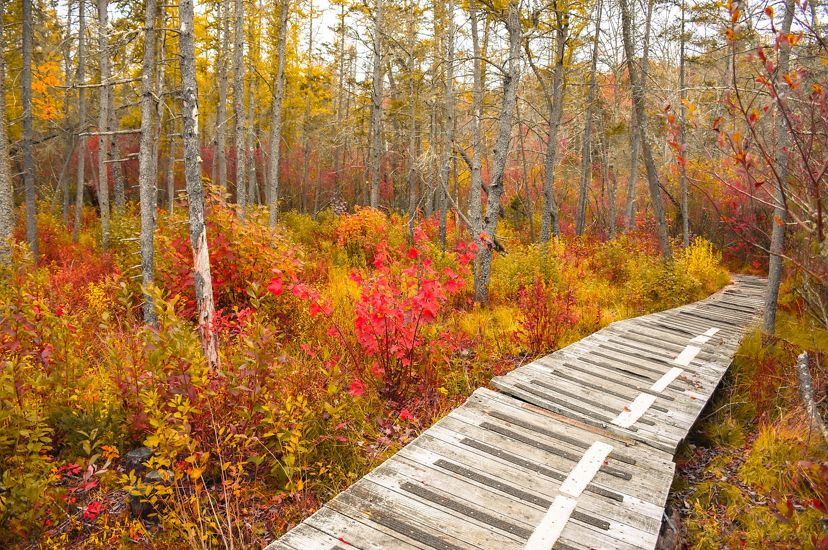
For decades, thousands of visitors have enjoyed learning about the unique ecosystem of the Tannersville Cranberry Bog Preserve nestled in the Poconos. TNC has managed this special preserve since 1957, but the development of the surrounding area, coupled with the changing climate, renders the bog vulnerable to certain stresses. Many rare species endemic to the leatherleaf-cranberry bog community are disappearing due to competition with woody shrubs and other vegetation not specific to this ecological niche.
In 2012, Dr. Ray Milewski and his students from East Stroudsburg University established research plots at the Tannersville Cranberry Bog Preserve to record how the bog would respond to the removal of shrubby, shade-producing vegetation.
In the early spring of 2022, 2023 and 3034 TNC staff from Pennsylvania and Delaware—along with members of the chapter’s board of trustees, students from across the region and long-time TNC volunteers—spent a week clearing trees and shrubs from a portion of the Tannersville Cranberry Bog. The work involved cutting vegetation with chainsaws and loppers and then dragging cut material out of the bog. The brush was fed into a chipper and used as mulch on upland trails.
By removing leafy vegetation that blocks sunlight from reaching the ground in the bog, native plant species that have been on the decline will have better odds of returning to the local ecosystem. TNC will continue to monitor progress with our partners at the Monroe County Conservation District and the Kettle Creek Environmental staff, who are our regular eyes and ears throughout the year.
2024 Bog Restoration
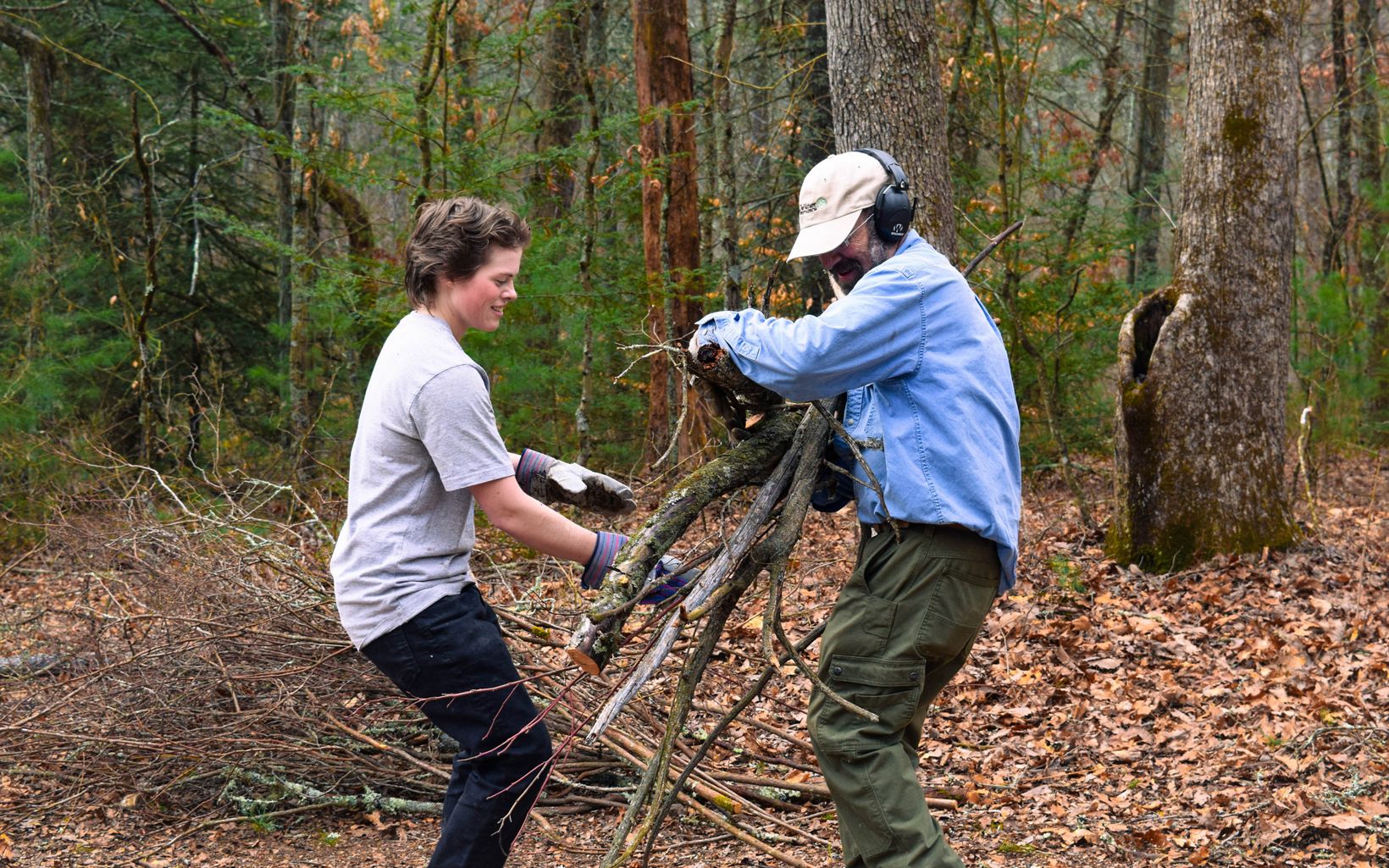
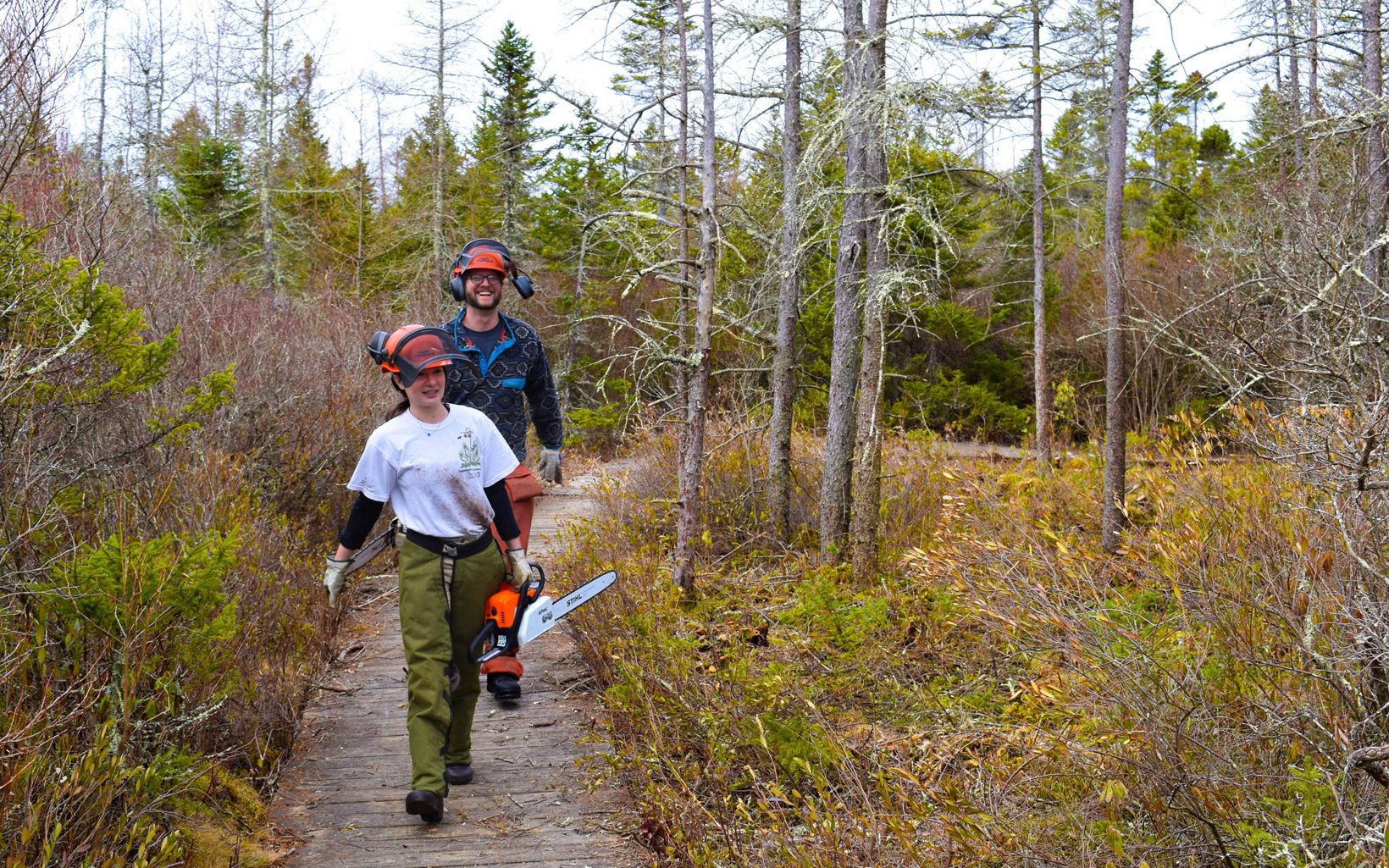
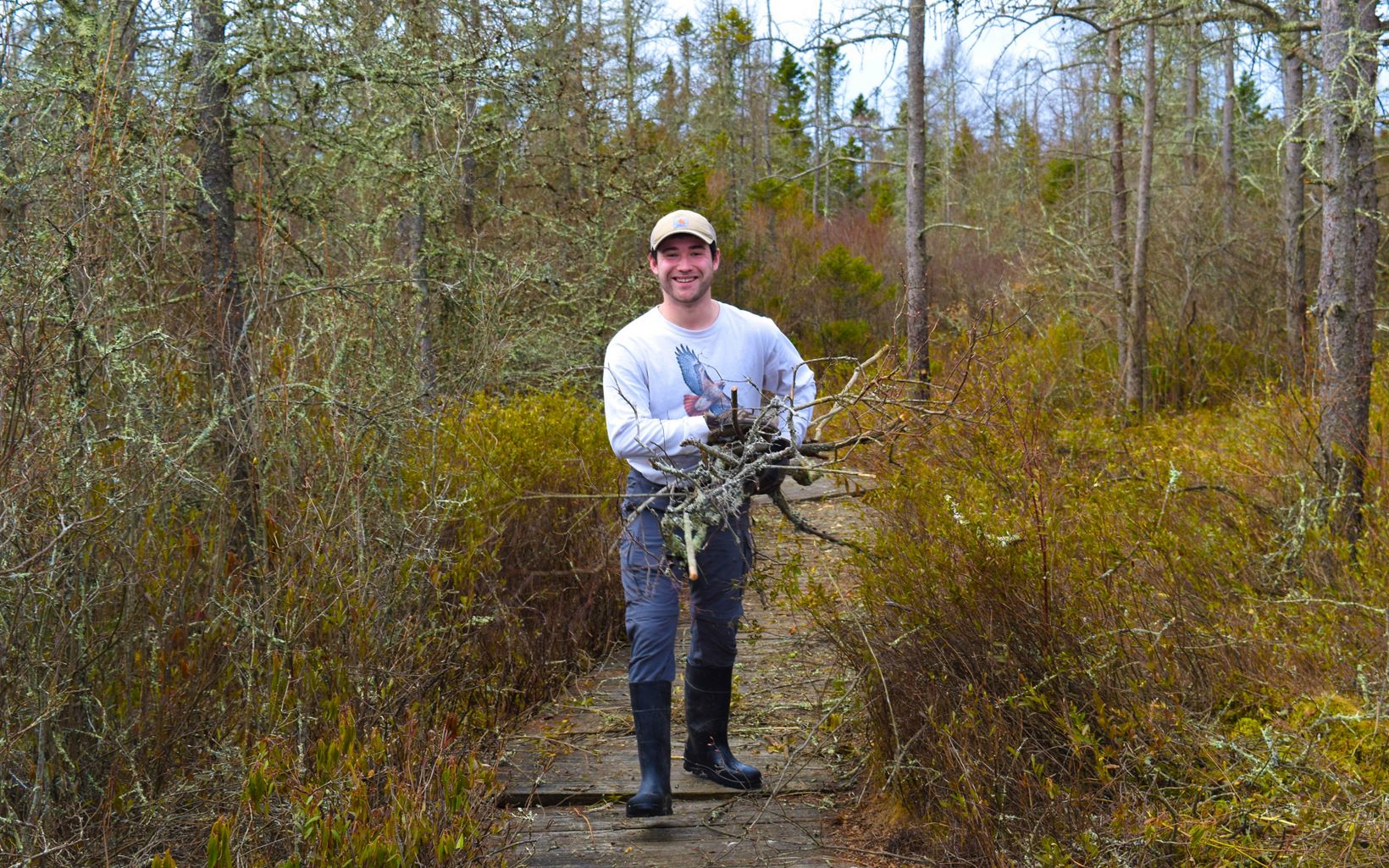
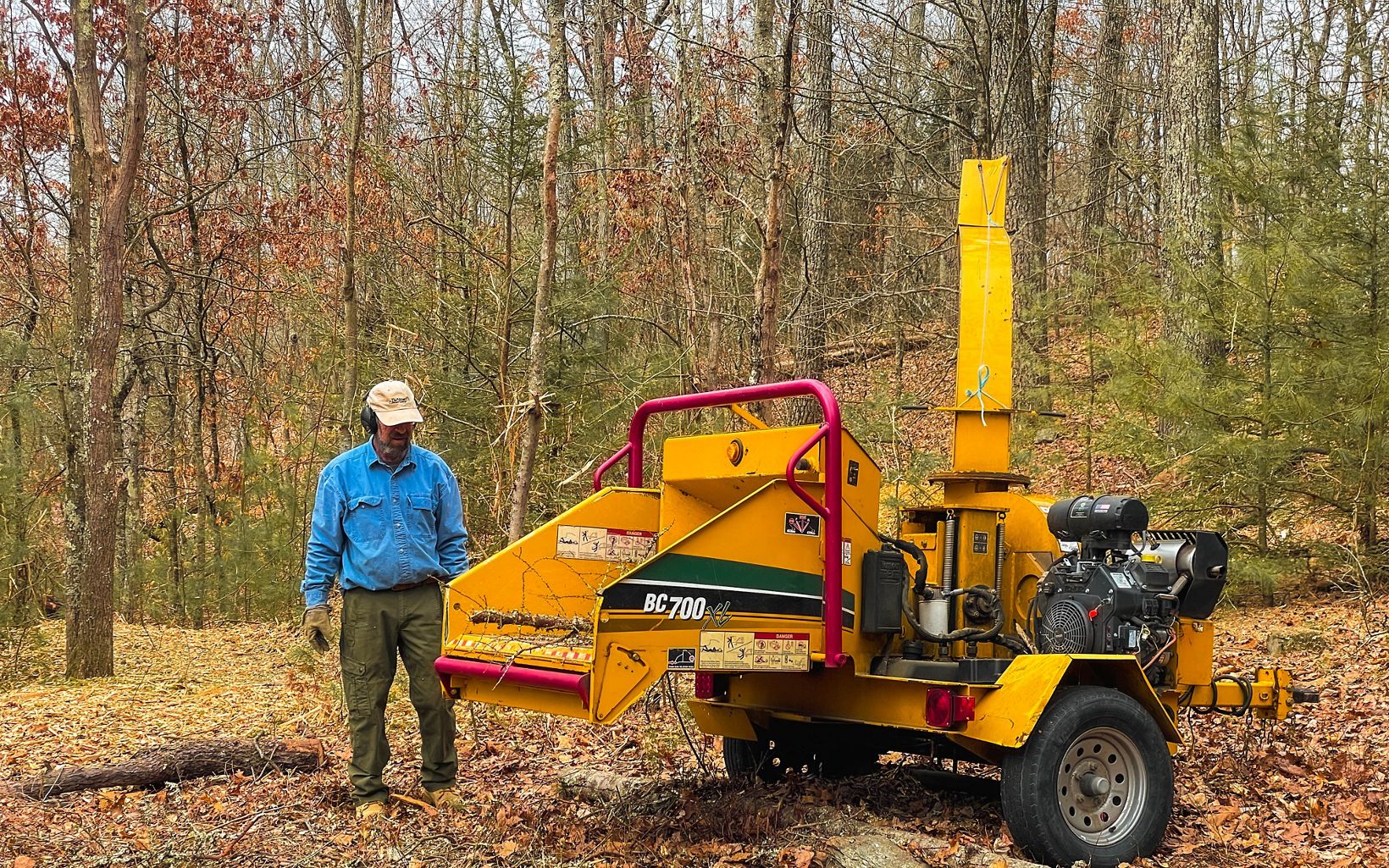




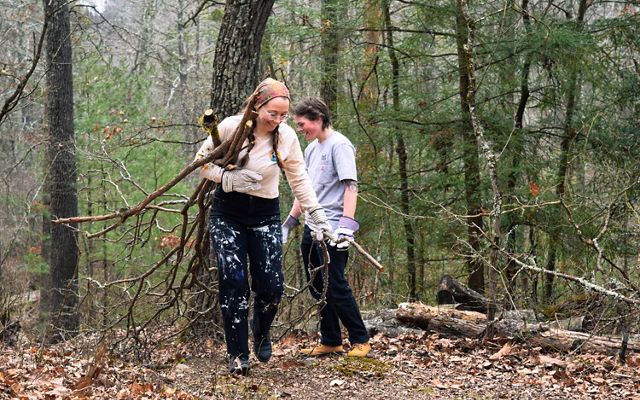
Volunteer With Us!
To learn about opportunities near you, click here to find out more about volunteering with TNC and be the first to hear about future workdays at our preserves in the region.

Improved Aquatic Habitat in a Glacial Stream
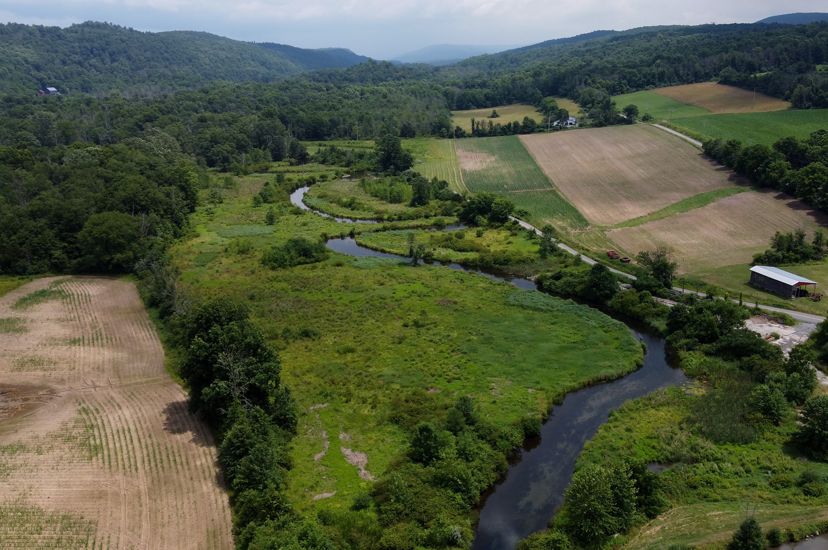
Flowing down the center of the Cherry Valley National Refuge in northeastern Pennsylvania—including a 3/4-mile section that runs through TNC’s Blakeslee Preserve—is Cherry Creek, a glacial stream that meanders through woodlands and fields before it empties into the Delaware River. After years of planning and COVID delays, TNC began stream restoration work in partnership with the U.S. Fish and Wildlife Service and the National Fish and Wildlife Foundation along Cherry Creek at the Blakeslee Preserve in August 2022. This restoration project was designed to improve a diverse mosaic of wetlands and floodplains to improve water quality and enhance aquatic habitat in the Valley.
Restoration projects like this one require lots of support and diverse expertise. Federal, state, academic and local partners—including the U.S. Forest Service, East Stroudsburg University, the Academy of Natural Sciences and more—worked together to implement and monitor a cost-effective, ecosystem-based restoration.
During the construction stage of the restoration project, heavy equipment reshaped the streambank and relocated coarse woody debris, which can include deadfall, shrub boles and large severed branches. The improved structure in the stream provides shelter for fish, amphibians and mammals by modifying the flow of water and sediment, providing numerous ecological benefits to riparian areas, floodplains, stream channels and associated biota.
In November of 2022, TNC hosted a workshop on the role of wood in ecosystems and how to engineer log structures that mimic the form and function of naturally occurring log jams. The seminar also included a field trip to observe examples of large wood structures that were placed into the stream by hand and with machinery.
Funding for this project was provided by the National Fish and Wildlife Foundation and the U.S. Fish & Wildlife Service.
Finding Everyday Resilience
These diverse projects across Pennsylvania and Delaware underscore a common theme: We can all make a difference. Our natural spaces are resilient, and sometimes, they just need a helping hand. As a result of this work—made possible by our volunteers and supporters—many rare flora and fauna species are already returning to their native ranges. In just months, entire landscapes can be transformed, becoming healthier and more vibrant than at any time in recent memory. We’re committed to ensuring that these natural spaces prevail for future generations to enjoy.
